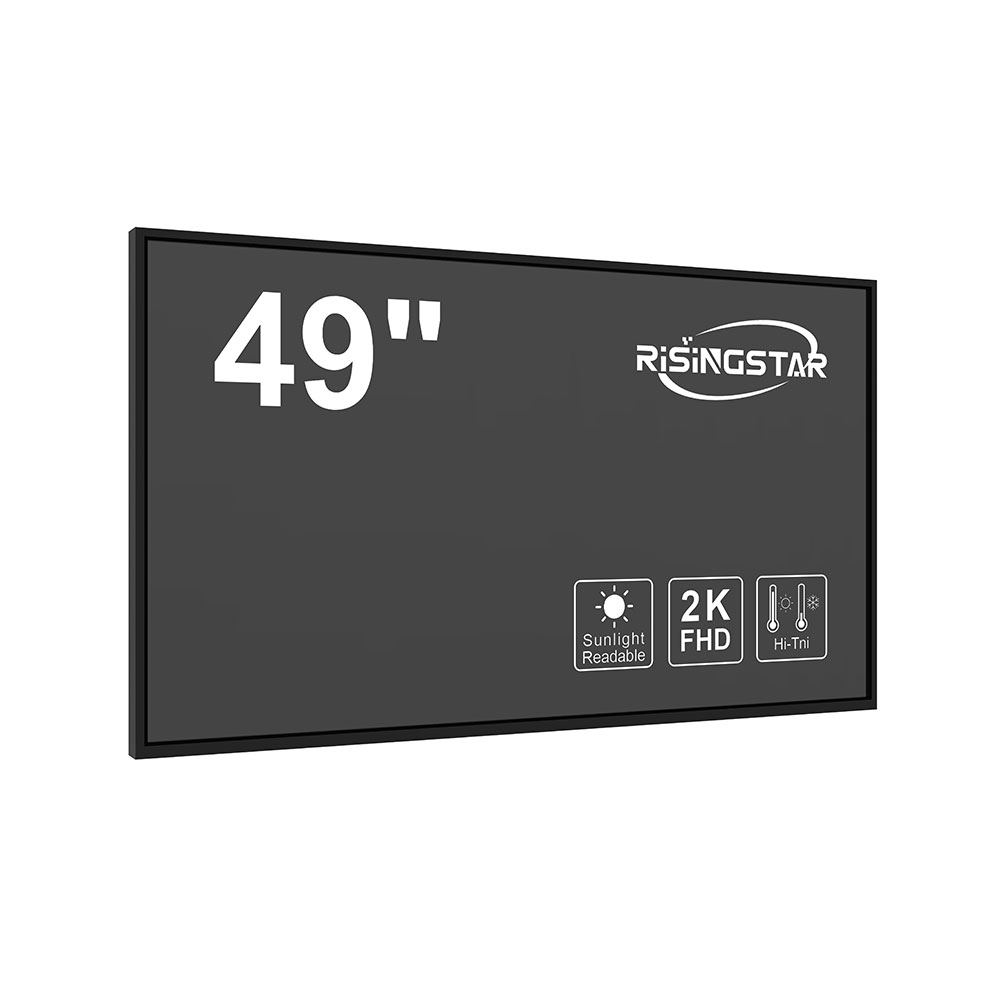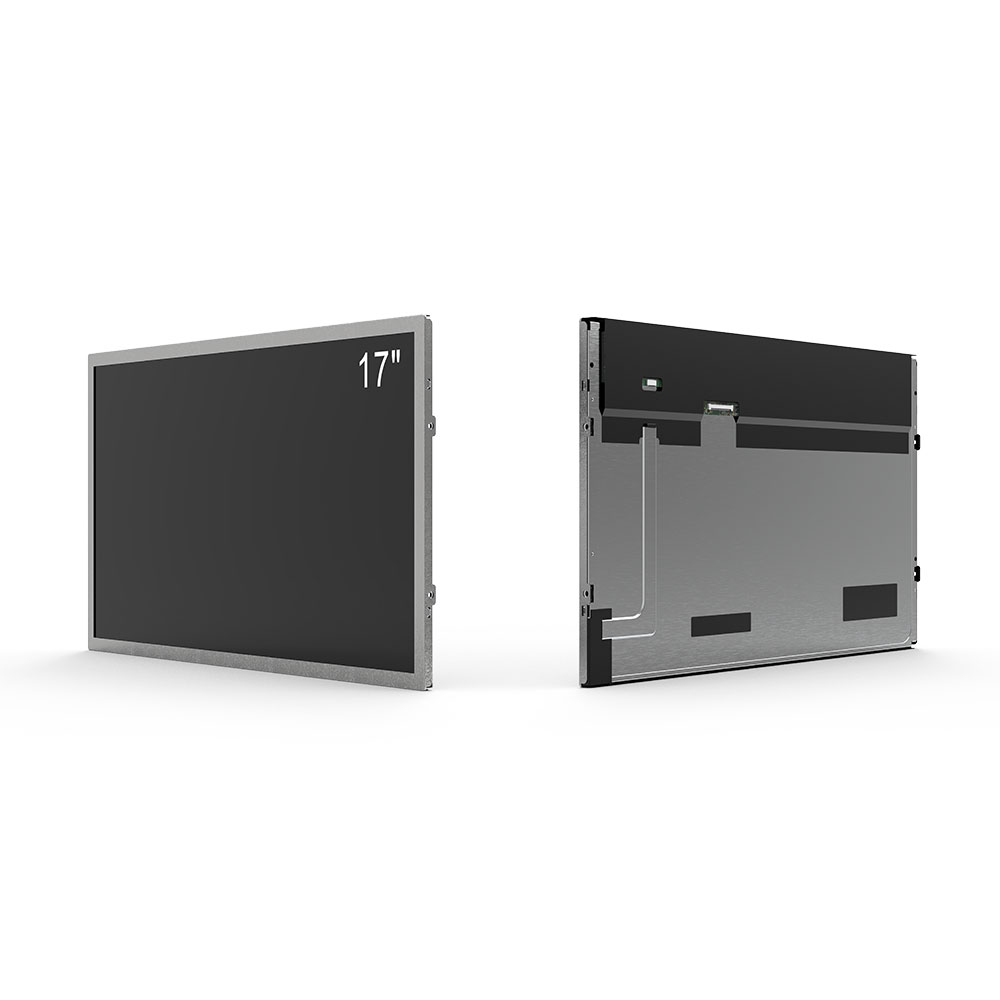- Home
- About Us
- Products
- News
- Video
- Contact
- Send Inquiry
Search
- Home
- About Us
- Products
- News
- Video
- Contact
- Send Inquiry

When selecting an outdoor LCD screen for commercial, public, or industrial use, several critical factors must be considered to ensure optimal performance under diverse environmental conditions. First and foremost is brightness, measured in nits. For outdoor applications, screens should typically have a minimum brightness of 5000 nits—ideally 7000–10,000 nits—to remain visible under direct sunlight. Industry standards from organizations like the Society of Motion Picture and Television Engineers (SMPTE) recommend this range for high-visibility environments such as stadiums, transportation hubs, and retail kiosks.
Second, weather resistance is vital. Look for displays rated at least IP65 or higher—this ensures protection against dust ingress and water jets. In extreme climates, such as deserts or coastal areas with salt exposure, additional sealing and corrosion-resistant materials are essential. Real-world case studies, including those from digital signage deployments in Dubai’s hot desert climate and Singapore’s humid tropical environment, confirm that IP68-rated screens significantly reduce maintenance costs over time.
Third, contrast ratio and viewing angle matter for readability. High contrast (1000:1 or better) enhances image clarity, while wide viewing angles (typically 178° horizontal and vertical) allow multiple viewers to see content clearly from different positions—a key feature for interactive digital billboards or wayfinding systems.
Fourth, consider power efficiency and thermal management. Outdoor LCDs generate substantial heat due to constant sun exposure. Efficient LED backlighting and active cooling systems (like heat sinks or fans with smart temperature control) help maintain operational stability. According to a 2023 study by the Display Supply Chain Council, well-designed thermal solutions can extend screen lifespan by up to 40%.

Finally, mounting options and durability play a crucial role. Aluminum frames, reinforced brackets, and anti-vibration mounts prevent structural failure in windy or seismic-prone regions. Case examples from installations in New York City subway stations and Tokyo airport terminals show that modular, ruggedized designs improve long-term reliability and reduce downtime.

In summary, choosing the right outdoor LCD screen demands a holistic evaluation of brightness, environmental resilience, display quality, thermal design, and mechanical robustness—not just surface-level specs. Partnering with manufacturers who adhere to ISO 9001 quality standards and provide real-world field testing data ensures you invest in a solution that delivers both visibility and longevity.